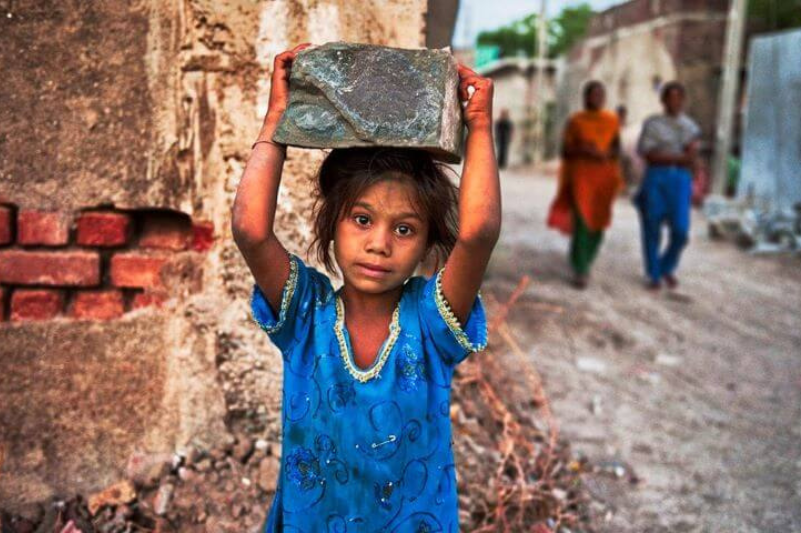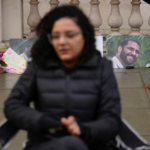
india’s campaign to end child labour
Last updated on July 3rd, 2023 at 08:56 am
Sustainable Development Goal 8 has set a deadline of 2025 as a means of addressing the growing problem of child labor.
Nevertheless, the situation is still dire in India, where 11% of the workforce is under the age of 18, which is particularly concerning given the high rate of unreported and undetected child labor.
The Child Labour (Prohibition and Regulation) Amendment Act of 2016 governs labor laws in India. It stipulates that anyone under the age of 14 is considered a child and cannot work in any capacity. However, the 2011 census shows that India has 42.7 million unschooled children and 10.1 million children who work as laborers.
The Right to Education Act, passed in India in 2009 to guarantee that all children have access to education, has not thoroughly addressed the problem as child labor is still prevalent in many areas. This is largely a result of the country’s pervasive poverty, as many low-income households force their children to leave school early to support their families.
However, the problem is being aggressively addressed by numerous parties. The National Child Labour Project (NCLP) was established in India to assist children who are employed in transitioning to Special Training Centres, where they receive transitional education, vocational training, and meals before eventually entering a formal education system.
Additionally, in 2021, child labor employer defendants were found guilty in three court cases and given 14 years in prison thanks to the efforts of human rights attorney Amar Lal, who was once a child laborer himself. According to a recent report, Telangana cotton farms have almost completely stopped using child labor.
Bachpan Bachao Andolan (BBA), which translates to “movement to save childhood,” was founded by Nobel laureate Kailash Satyarthi. BBA has accomplished much by preventing many children from becoming slaves or laborers. 41 workers were recently saved by his team from a toy factory in Delhi.
Although these are positive steps, it’s important to keep in mind that there are still a lot of cases that go unreported. What remains to be seen is how India addresses this problem and acts to ensure that child labor is ended.
India’s child labor and Exploitation
Children are still employed in some extreme forms of child labor, such as bonded labor, child soldiers, and trafficking, even though rates of child labor have decreased over the past few years. In many different industries throughout India, including brick kilns, carpet weaving, clothing manufacturing, domestic service, food and refreshment services (like tea stalls), agriculture, fisheries, and mining, child laborers are employed. Additionally, there is a risk that children will be subjected to other types of exploitation, such as sexual assault and the creation of child pornography, including online.
Keep Reading
How can child labor be reduced in India?
Teachers and other members of the educational system can serve as the frontline defenders of children. They can notify other parties involved, like social workers when kids show signs of distress or say they work long hours. To empower families to choose education over exploitative work, broader changes in public policy are also necessary to get kids out of the workforce and into school.
To put the framework for ending child labor into action, UNICEF collaborates with both public and private organizations.
Here are some strategies for reducing child labor in India:
1. Raise awareness
Children’s education disruptions can be avoided, and many of them won’t be forced into child labor if parents and communities are informed and vigilant. Parents’ lack of comprehension leads to situations where child traffickers prey on children, and many trafficked children end up working as children. Communities with awareness are much better able to understand and address issues affecting children. A society that is both socially and economically developed and in which children experience significantly less suffering is one in which communities are aware of and take advantage of opportunities for growth, education, employment, and enterprise. NGOs, like Save the Children, educate communities about the value of children’s rights in India through community events, sports, the arts, and theatre. To advance children and their communities, we also develop financial resources, educational resources, and assistance with information services.
2. Tougher laws and their efficient application
Long-lasting social change requires policymaking, and promoting better laws requires demonstrating how change can result in significant benefits. NGOs carry out research on exploited children, present their findings, and use case studies to demonstrate how their efforts benefit children. Relationships with a variety of stakeholders, including the media, lawmakers, citizens, other members of civil society, and others, are necessary to influence policy-level change. Legislation can stop child trafficking, as evidenced by the numerous cases brought under the recent Protection of Children Against Sexual Offences Act (2012) and Immoral Traffic (Prevention Act) that successfully translated into more convictions. NGOs continue to coordinate with district- and state-level authorities to keep a close eye on how pro-child laws are being applied.
3. Enrolling more kids in school
India has the largest educational system in the world, but due to low enrollment and inadequate infrastructure, it struggles with low levels of literacy. Numerous initiatives are carried out by organizations like Save the Children to increase the enrollment of children in schools. The organization identifies children who are not in school and those who are at risk of quitting and works to get them back into the educational system.
3. Educating people against hiring kids for domestic, commercial, or industrial work
When Indian companies openly use child labor in sectors like retail, hospitality, and menial work, it receives resounding support. NGOs today educate locals about reporting instances of child labor at businesses and homes and sensitize trade organizations to put an end to this social evil. The largest IT market in India has been declared free of child labor thanks in part to Save the Children.
4. Aiding charities like Save the Children
In addition to providing immediate assistance to children who are engaged in child labor, Save the Children also advocates for long-term social change by influencing policy. The NGO works to make sure that current policies are implemented as intended. To stop cases of child exploitation, the NGO collaborates with state and federal authorities, including state police departments.









